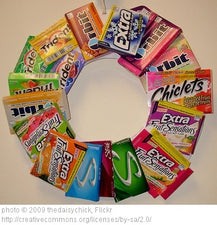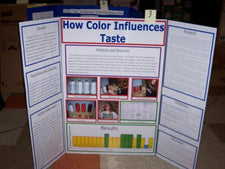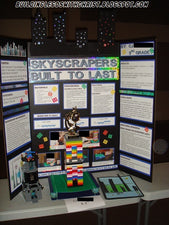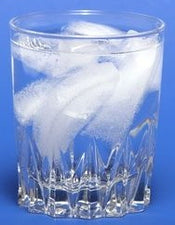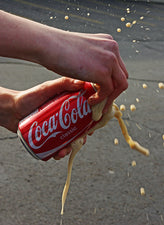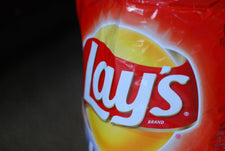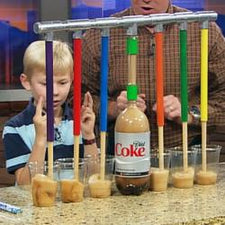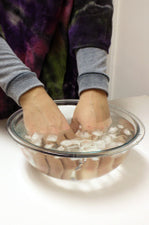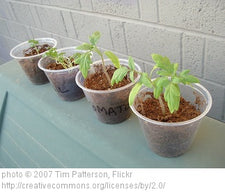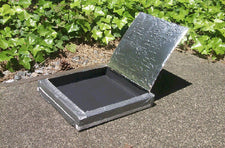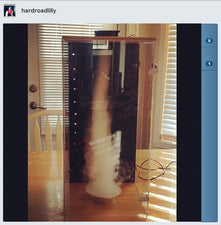Shake It Up! - Which Soft Drink Spews The Most When Shaken?

We've all made the unfortunate mistake of opening a shaken can of soda only to have it come spewing out. Whether it was tossed around the trunk of the car on the way home from the grocery store or a friend decided to play a joke, shaking a can of soda causes bubbles of carbon dioxide to line the walls of the can. When the tab is popped and the can is opened, pressure is released, forcing the bubbles to expand. The bubbles need to escape, so they force all of the liquid above them out of the can. Hence, the sticky soda mess!
Ever wonder if different types of soft drinks, when shaken up, spew the same amount? Or if some spew more than others? Great for upper elementary and early middle school students interested in chemistry {and soda!}, gather various types of soft drinks and get shaking!
Things to think about...
- Uniform method for shaking {so all samples are shaken with the same vigor for the same amount of time, etc.}
- Method for measuring the amount of liquid lost to "carbonation spew"
- Method for measuring average initial carbonation of various types of soda {will come in handy when analyzing experiment results}
